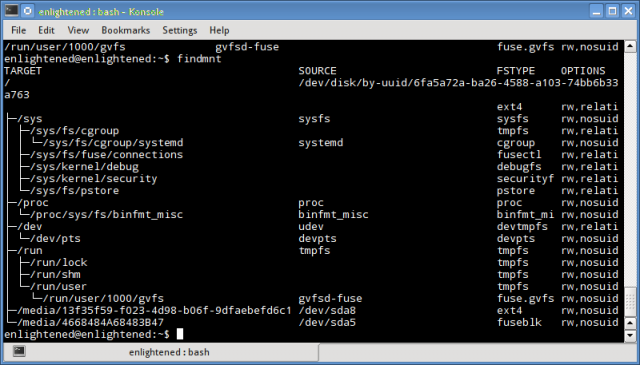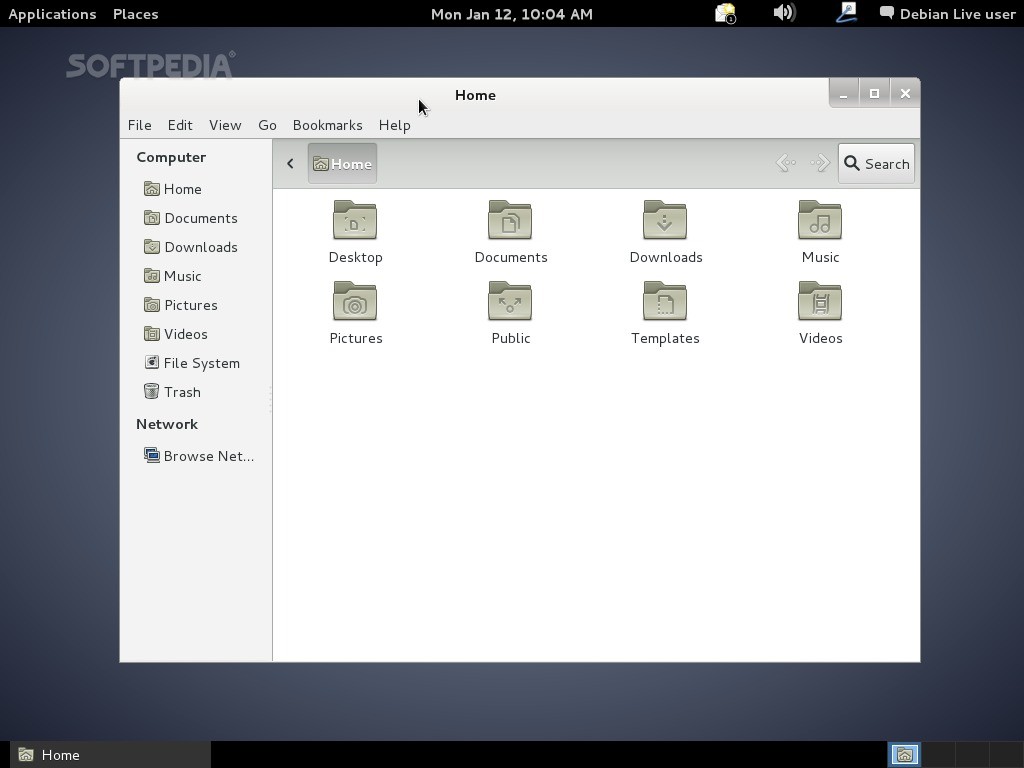

opt/ibm/notes/notes root 08:47 ELF 32-bit LSB executable 47K IBM IBM Notes Name Owner Date Modified Type Size Company Description
Linux file details windows#
The hidden file is still listed, but the “.” and “.” entries are suppressed.You can't get all the information with ls.ĭate modified: ls -ld | awk ' File properties are details about a file, such as authors, tags, date taken, etc.Some or all of these file details may be displayed in the Details pane in Windows Explorer when you select the file. If you don’t want your listing cluttered up with the “.” and “.” entries, but you do want to see hidden files, use the -A (almost all) option: ls -l -A Using the -h flag shows the total size of files and directories and the individual size of each file and directory in a human-readable format. A file called “.base_settings” is now visible for the first time.

The two entries “.” and “.” represent the current directory and the parent directory, respectively. To see hidden files, use the -a (all) option: ls -l -a To see the file sizes in the most appropriate units (Kilobytes, Megabytes, etc.) use the -h (human-readable) option: ls -l -h option : Command displays the all files’s file type. Syntax: file -b filename Example: file -b email.py file -b input.txt file -b os.pdf Here, we can see that file type without filename. Having the file sizes in bytes is not always convenient. file email.py file name.jpeg file Invoice.pdf file exam.ods file videosong.mp4 Options:-b, brief : This is used to display just file type in brief mode. They are followed by the file size and the date of the last modification of the file. The name of the owner and group are displayed next. While saving, it ignores file security policies so that it is possible to access any file on a Linux disk from Windows. Linux Reader also permits you to copy files from a drive or image right to your system.

If this is set, regardless of the write and executable privileges that are set on the files in the directory, only the file owner, the directory owner, or the root user can rename or delete files in the directory. Linux Reader provides a quick way to access alternative file systems bridging your Windows and Ext2/Ext3/Ext4, HFS and ReiserFS file systems. The -l option will modify the ls command to give you much more detailed info, such as whether an entry is a file or directory, the size (usually in bytes), modified date and time, permissions, and more: ls -l. The execution permission for the others can sometimes be represented by a t. When used with a directory, any files created inside it will take their group permissions from the directory they’re being created in, not from the user who is creating the file. When this is applied to a file, it means the file will be executed with the privileges of the ower’s group. The execution permission for the group can also be an s. The next three columns are the time at which the file was last changed (for a directory, this is the time. If it is present, it means that the file is executed with the privileges of the file owner, not the user executing the file. The fifth column is the size of the file in bytes. Sometimes the execution permission for the owner is represented by an s. Linux commands can provide details on files and show options for customizing file listings, but can also reach as deeply into a file system as you care to look. The second set of three permissions are for group members, and the last set of three permissions is for others. The first set of three characters are the permissions for the file owner.


 0 kommentar(er)
0 kommentar(er)
